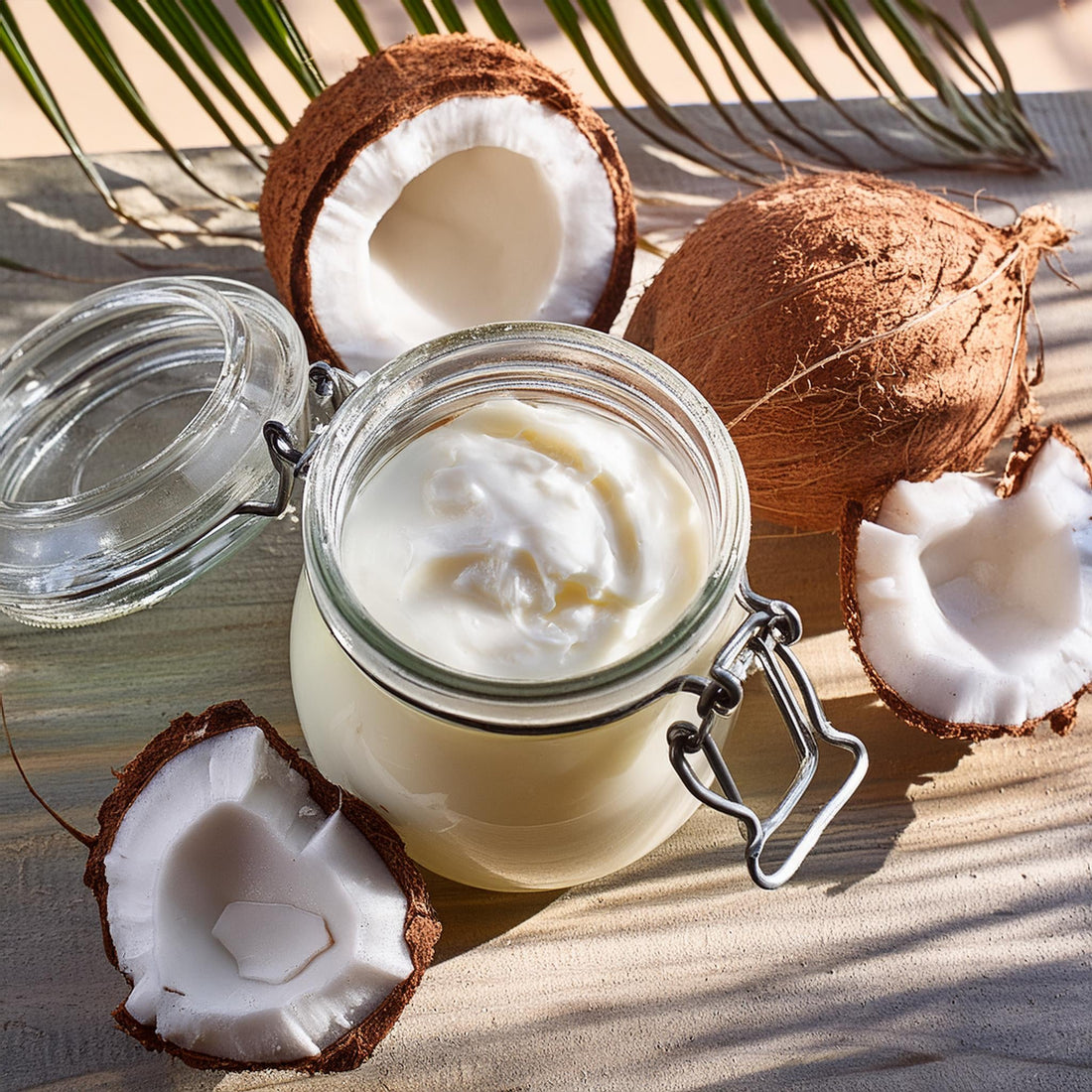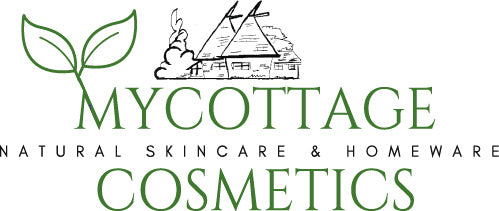
Skincare Through The Ages
Traveling back to the ancient world, skincare wasn't just about beauty—it was a necessity, moulded by nature and wisdom passed through generations. The Egyptians were some of the earliest pioneers in skin health, utilising a treasure trove of oils like castor, sesame, and moringa. These weren't just for softness but also served practical purposes like sun protection and insect repellent. Villages along the Nile swore by clays, particularly for their deep cleansing and purifying properties.
Across the sands of time to Greece and Rome, skincare took on a more philosophical note, with a strong focus on harmony and balance. Botanical extracts played a starring role. Think of the sweet fragrance of rose water or the vibrant touch of olive oil, which wasn't just about extravagance; these were essentials in every Greek and Roman home, believed to be gifts from the gods themselves.
Over in India, Ayurveda—a system dating back thousands of years—became a cornerstone of beauty health rituals. Ingredients were not picked on a whim. Neem, turmeric, and sandalwood were key players, each selected for its specific healing properties. The meticulous use of these elements reflects a holistic approach to skin well-being. It's not just about appearance. It's about health and spiritual balance.
Asia, particularly China and Japan, integrated rice water and green tea into their skincare regimens. These weren't accidental choices. They knew rice water's ability to nourish and smooth the skin, and recognised green tea as a powerhouse, jam-packed with antioxidants to combat environmental aggressors.
Mention of probiotics might seem like a modern fad, but ancient cultures glimpsed their potential eons ago. Across various civilisations, fermented substances were applied to the skin for their rejuvenating effects. Though they didn’t have the scientific jargon, people understood that these ingredients breathed new life into the skin, much like how they enriched the body when consumed.
Middle Ages and Renaissance: Resurgence of Herbal Remedies
During the Middle Ages, skincare took on a more mystical allure, intertwined with the herbal wisdom maintained by monasteries and apothecaries. Herbs like chamomile and lavender weren't just decoration; they were crushed into creams and balms, offering calming and antiseptic properties. People believed in the earth’s natural ability to heal, and they relied on these gifts when crafting basic skincare routines.
With the Renaissance came a cultural rebirth—skincare wasn't exempt from this transformation. Beauty regimens started to feature in the elaborate manuals of well-to-do households. Cleansing became the hallmark of these routines, with meticulous emphasis on maintaining a fresh complexion. Simplicity was key, with many recipes focusing heavily on using pure, raw ingredients. The influence of alchemy added a layer of fascination, as individuals believed in transforming base ingredients into beauty potions.
Apothecaries were often the skincare experts of their time. With shelves lined with tinctures and extracts, they were the go-to for remedies that catered to everything from blemishes to paleness. This era underscored the importance of expertise in skincare, echoing the scientific approaches still valued today.
Animal-derived ingredients, like milk and honey, were commonplace—celebrated for their moisturising properties. Although controversial by today's standards, these components highlight a time when skincare mirrored survival instincts closely tied to nutritional practices.
Probiotics, though not yet understood in modern terms, found a place in fermentation processes used for beauty applications. Fermented dairy, like yogurt, started surfacing in treatments, employed for their soothing tackles against irritation and redness. This nascent appreciation for probiotics was the precursor to today's refined understanding of the skin's microbiome.
Industrial Revolution and Beyond: The Birth of Modern Skin Solutions
The Industrial Revolution marked a pivotal shift in skincare, introducing new avenues with chemical processes allowing mass production of skincare products. This era saw the rise of soap, which was transformed from a rudimentary substance into a household staple, promising cleanliness and improved hygiene.
Iconic products like cold cream and petroleum jelly emerged, setting foundations for what we today consider modern skincare essentials. These innovations offered everyday people access to beauty products that were once limited to the elite. By making these formulations available, skincare became a widespread practice, almost a daily ritual.
Probiotics started gaining attention within scientific communities due to their antibacterial properties. Though research was in its infancy, these elements were seen as valuable in emerging skincare trends, particularly in tackling skin irritations and infections.
Beauty standards began shifting in society—lighter skin was often perceived as a sign of societal status. This societal trend influenced the ingredient choices of the time, with many formulations including lightening agents. Though not all historical applications are embraced today, they underscore how cultural perceptions can shape beauty habits.
Key figures during this time, like Madame C.J. Walker in America, introduced products specifically designed for the needs of diverse skin types. These pioneers blended traditional remedies with new science, breaking ground for more inclusive and varied skincare across different demographics.
The 20th Century: Science Meets Skincare
The 20th century brought a scientific sophistication to skincare, blending traditional methods with cutting-edge discoveries. This period welcomed vitamins, those powerhouse molecules that transformed skincare and still do today. Vitamins A, C, and E began finding their way into formulations, acting as protectors, rejuvenators, and soothers for the skin.
Retinoids, derived from vitamin A, became a groundbreaking ingredient, leading the charge in skin renewal and anti-aging. With their ability to accelerate cell turnover, they marked a leap forward in cosmetology, offering visible results that captured the market's enthusiasm.
The scars of World War II indirectly accelerated multifunctional skincare. Individuals sought out convenience and efficiency in their daily routines, leading to the development of combination products that could cleanse, moisturize, and protect in one fell swoop. These solutions reflected a need for simplicity in an increasingly fast-paced world.
With antibiotics coming to the fore as medical breakthroughs, their benefits extended into skincare, particularly for treating acne and other skin imperfections. This era also witnessed the birth of clinical skincare, creating targeted solutions for specific skin conditions.
Probiotics continued to evolve in their application, now appreciated for more than just their antibacterial properties. Studies began exploring their role in maintaining balanced skin flora, mitigating redness, and enhancing hydration—ushering in a period where the interplay between skincare and biology took center stage.
21st Century and the Future: Clean Beauty and Personalized Skincare
Stepping into the 21st century, skincare has been revolutionised by the 'clean beauty' movement, emphasising transparency and natural ingredient sourcing. Consumers are more informed and demanding clarity about what's in their products and where those ingredients come from. This shift reflects a broader desire to connect with nature and understand the fundamentals of skincare.
Personalisation has become a game-changer, with technology enabling custom skincare solutions tailored to individual skin types and concerns. This trend highlights a move away from one-size-fits-all approaches towards more efficient and effective regimens that cater to personal needs.
Biotechnology is taking skincare by storm, with cutting-edge techniques that promise sustainable and ethical sourcing of ingredients without compromising on potency. Science once again plays a pivotal role, as lab innovations strive to closely mimic or improve what nature provides.
Probiotics have taken centre stage, addressing contemporary concerns such as acne, dryness, and inflammation. Their role in balancing the skin’s microbiome is lauded, offering a holistic approach to skincare that resonates with modern wellness trends.
Looking forward, the future of skincare hints at even more exciting possibilities. From adaptive smart skincare that reacts to environmental changes to the integration of artificial intelligence in personal beauty routines, the industry is poised for significant transformations. Emerging ingredients and technologies promise to not only enhance skin health but also redefine how we perceive and engage with beauty.
